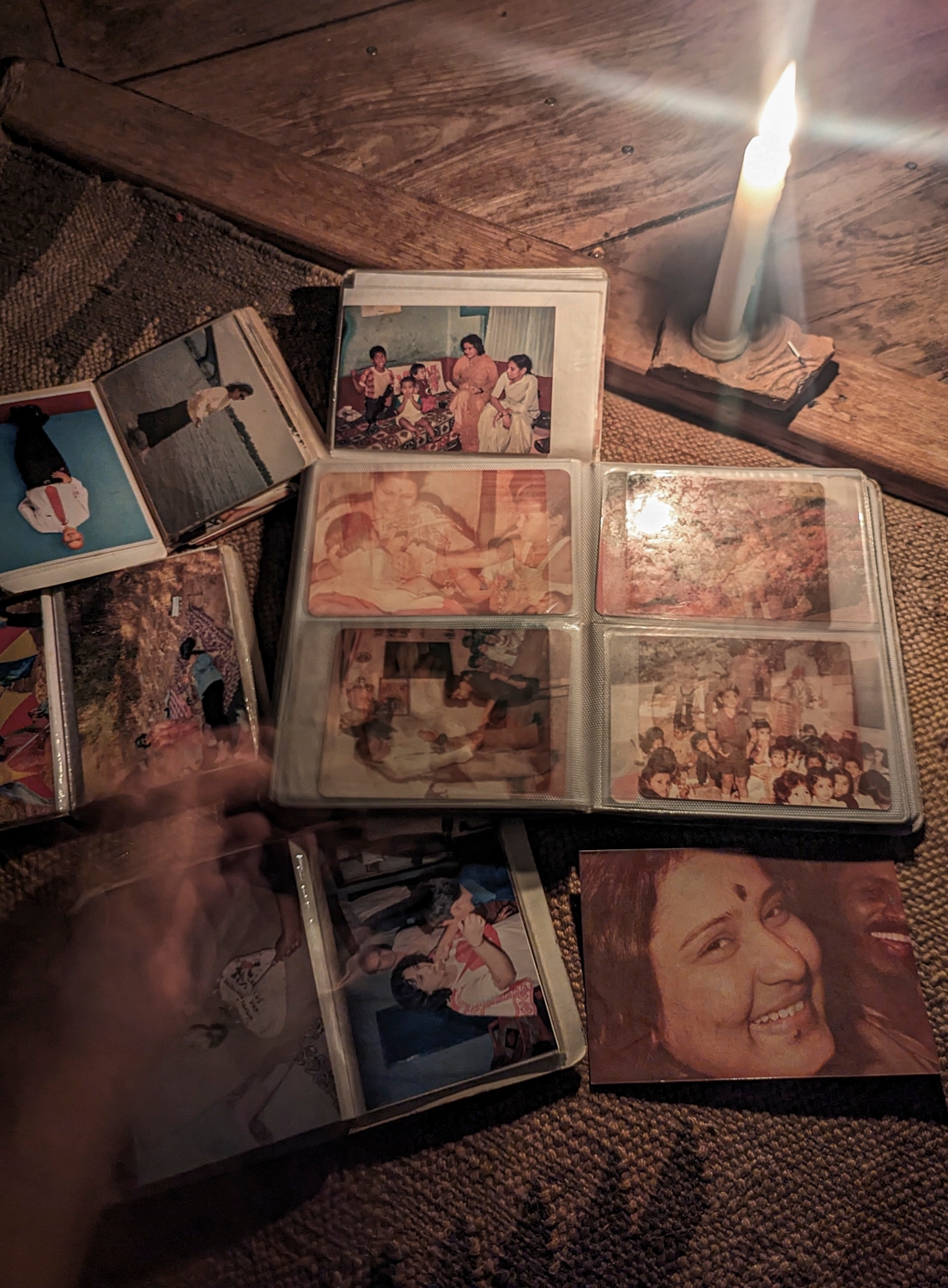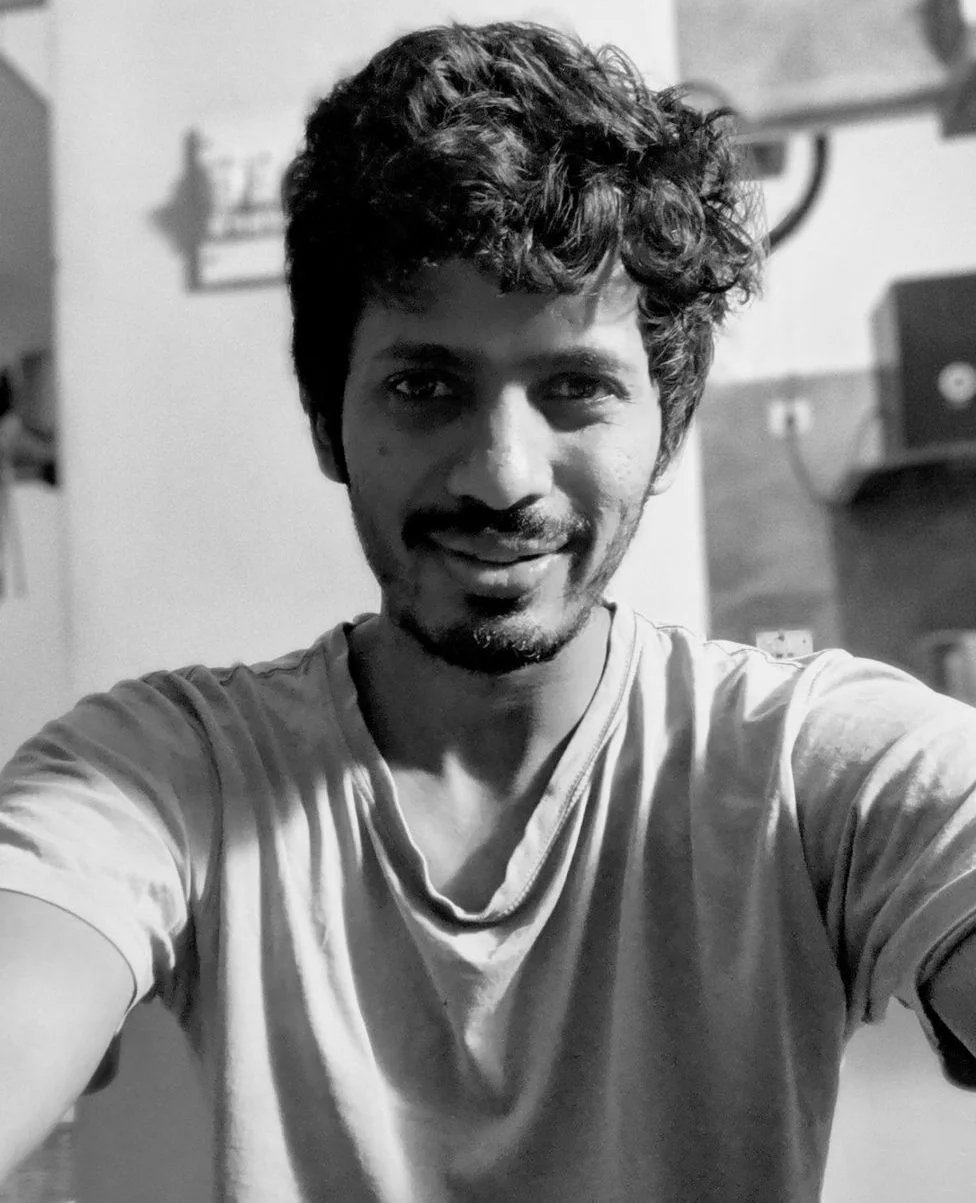The Colour of Remembering
25 October 2024
Words and photography by Pankaj Singh
Listen to this story. Narrated by Pankaj Singh. Soundscape by Shaktiraj Jadeja.

Obsession
We have this obsession with light. We have always wanted to make meaning of it.
A very long time ago, our ancestors observed pinpricks in the night sky and made correlating indents in the sand to chart maps of the visible cosmos.
More recently, the James Webb Space Telescope unfolded its 18 beryllium mirrors to receive invisible light that originated sometime in the earliest business hours of the universe.
Somewhere between these two points on our timeline, we figured out a way to manipulate light to paint faces, places, moments, and colours onto metal plates and shortly after, photographic paper.
To me, among all of man’s acts of meaning-making of light, the invention of photography is his most profound expression.


Old Photograph Light
Fundamentally, a photograph is a record of light-fall in the instant the shutter closed in. The hands of someone you loved, the distant mountain enshrouded in mist, flowers outside a neighbour’s window, the plainly draped shawl keeping your mother warm on a winter evening—everything and everyone visible in photographs became visible because they were reflecting light.

Pankaj Singh
Pankaj is the co-founder of faraway originals, a documentary film making collective. He writes and directs. His interests lie in the space of conservation, history and art and the common thread of human stories that weaves through these narratives. He likes to own little and live simply.
Comments (0)







